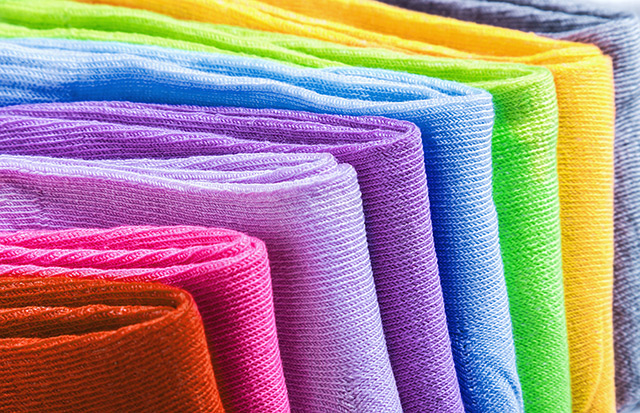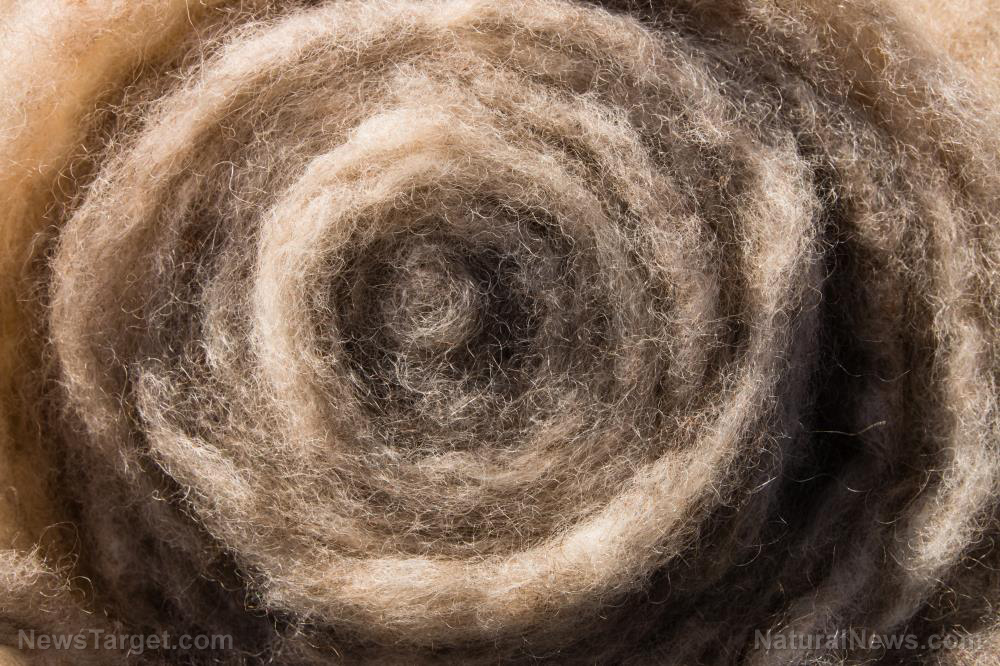Researchers develop a fabric that converts kinetic energy into electric power
06/08/2018 / By Janine Acero

Imagine working out in a specialized suit that converts all your sweat and kinetic energy into electricity. That is exactly what the research team at Chalmers University of Technology have developed, as reported in an article from Science Daily.
The researchers, in cooperation with The Swedish School of Textiles in Borås and the research institute Swerea IVF, have created a woven fabric that is capable of generating electric power when it is stretched or exposed to pressure. The fabric can currently generate enough power to light an LED, send wireless signals, or drive small electric units like a pocket calculator or digital watch.
The technology is based on the piezoelectric effect, wherein it allows the material to generate an electric current when pressure is applied to it, or when it is deformed, such as when stretched.
In the study, published in the Nature partner journal Flexible Electronics, the researchers created a soft and flexible textile by weaving a piezoelectric yarn made up of 24 hair-thin fibers, with each fiber having an electrically conducting core surrounded by an insulating and piezoelectric polymer, together with an electrically conducting yarn that will transport the generated electric current. The textile becomes even more efficient when moist or wet.
“The piezoelectric fibers consist of a piezoelectric shell around an electrically conducting core,” Chalmers researcher Anja Lund said. “The piezoelectric yarn in combination with a commercial conducting yarn constitute an electric circuit connected in series.”
The fabric is exposed to a high electric field during manufacture, which causes positive and negative charges in the polymer to be separated. When pressure is applied to the textile, such as stretching, the deformation of the fibers causes a reorganization of the charge distribution, which generates an electrical voltage. The electrically conducting yarn forms a closed circuit through which the electric current can flow.
The team tested the material by using a piece of the textile in the shoulder strap of a bag, then loaded the bag with three kilograms’ worth of books. The experiment produced a continuous output of four microwatts, which is enough power to light an LED.
“By making an entire bag from our textile, we could get enough energy to transmit wireless signals,” Lund said. (Related: Amazing new solar energy fabric will power all your devices.)
The technology is based on previous work by the researchers when they developed the piezoelectric fibers, which has mainly focused on sensors and their ability to generate electric signals through pressure sensitivity. Now the researchers have added a further dimension to the material, using the energy to continuously drive electronic components.
Textiles woven from the piezoelectric yarns make the technology easily accessible, according to Lund. “It’s also possible to add more materials to the weave or to use it as a layer in a multi-layer product. It requires some modification, but it’s possible,” she added.
Piezoelectricity can be found in biological materials such as DNA, protein and bone, and in other types of materials including ceramics, crystals and plastics.
The study demonstrates that the yarn can be woven on industrial looms and is wear-resistant to cope with the harsh conditions of mass production. The team believes the material is ready for large-scale production, but it would be up to the industrial product developers to decide how to make use of the technology.
Head over to Power.news to learn more about other innovative uses of materials for conducting electricity.
Sources include:
Tagged Under: electric energy, electric power, electricity, fabric, future tech, future technology, invention, kinetic energy, materials development, materials research, piezoelectric effect, piezoelectric fibers, piezoelectric polymer, piezoelectricity, renewable power, textile




















